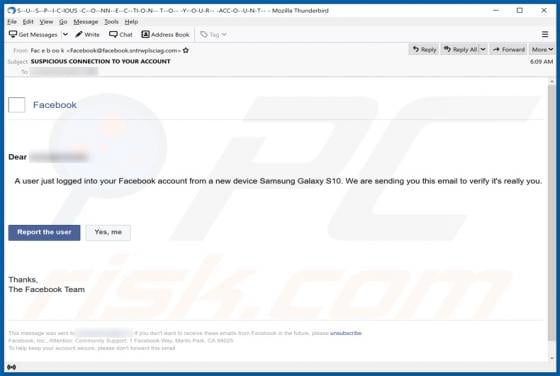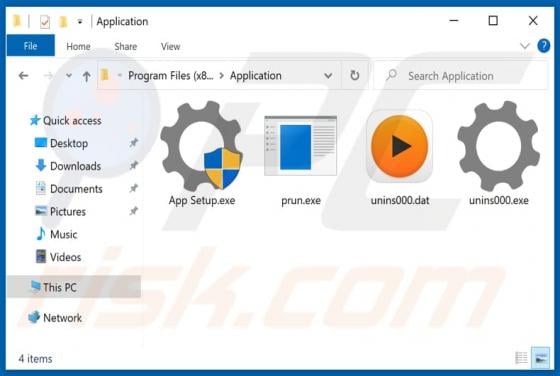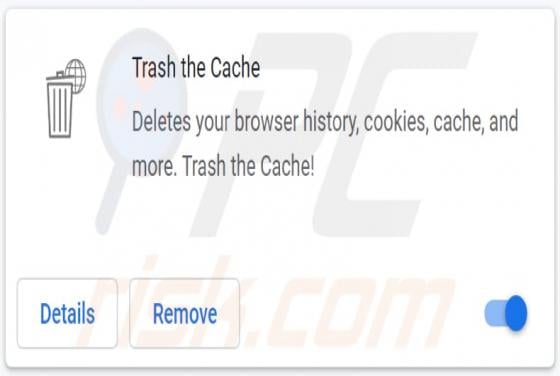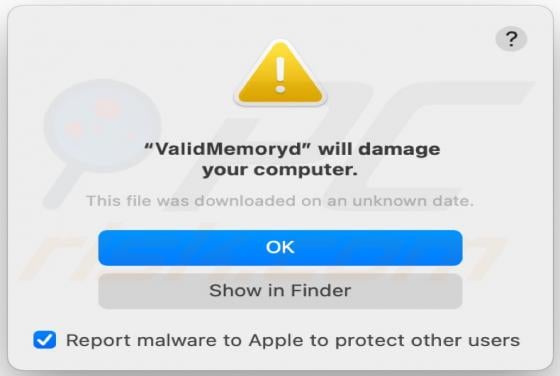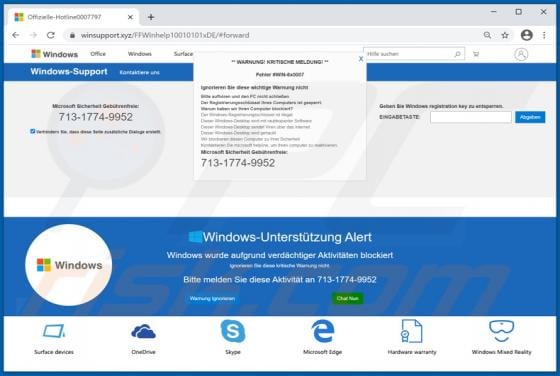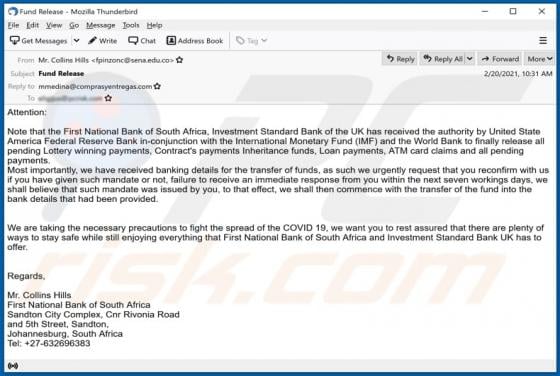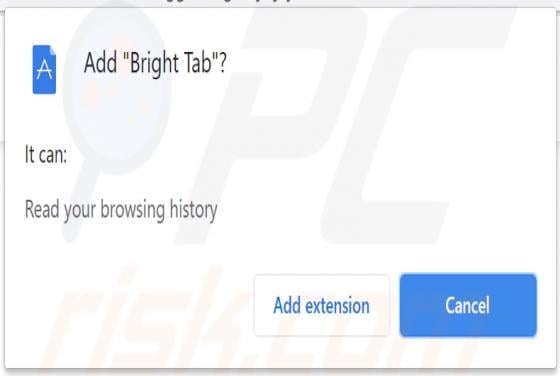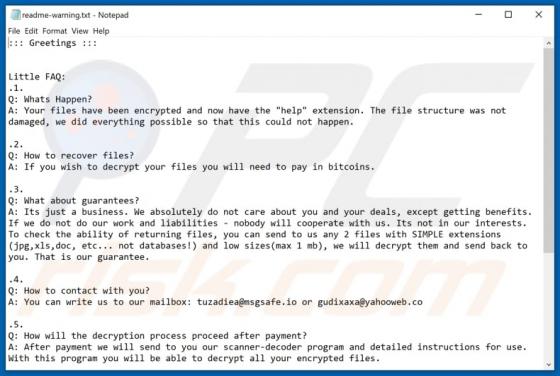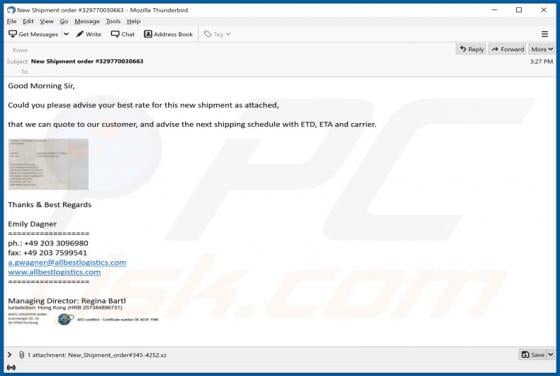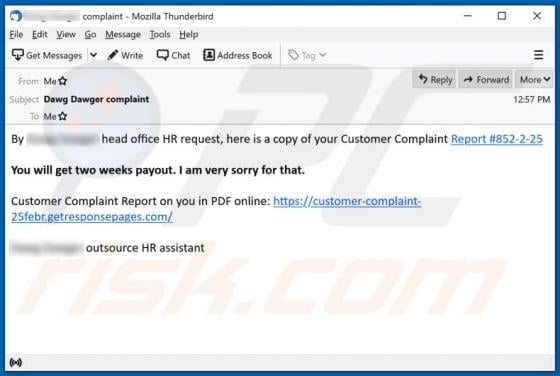
Customer Complaint Report Email Virus
Cyber criminals often use emails as channels to trick users into downloading and installing malware onto their computers. Emails that are used to deliver malware are termed phishing messages or malspam. Usually, the emails contain an attachment or website link that opens a download page for a mali
